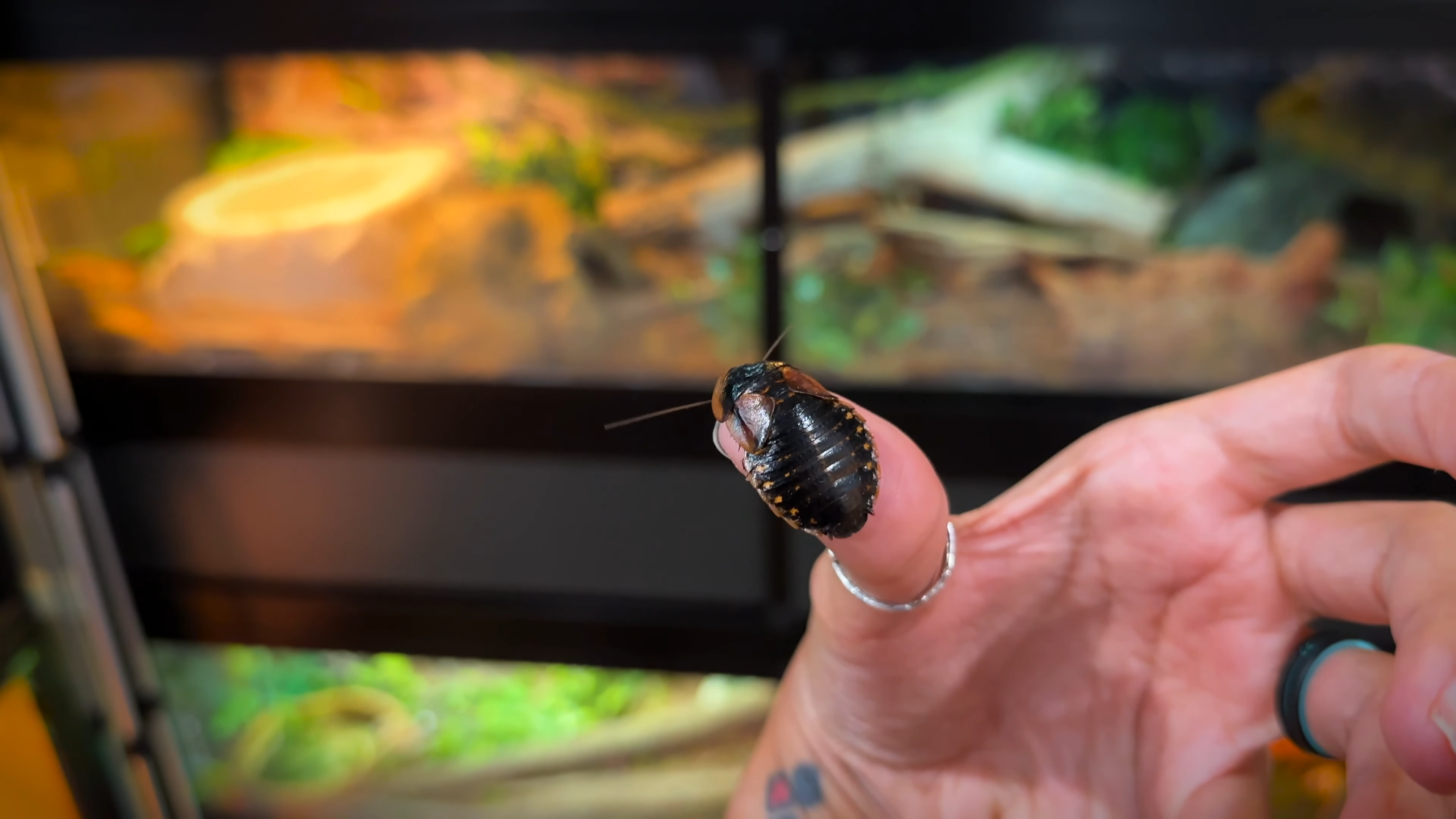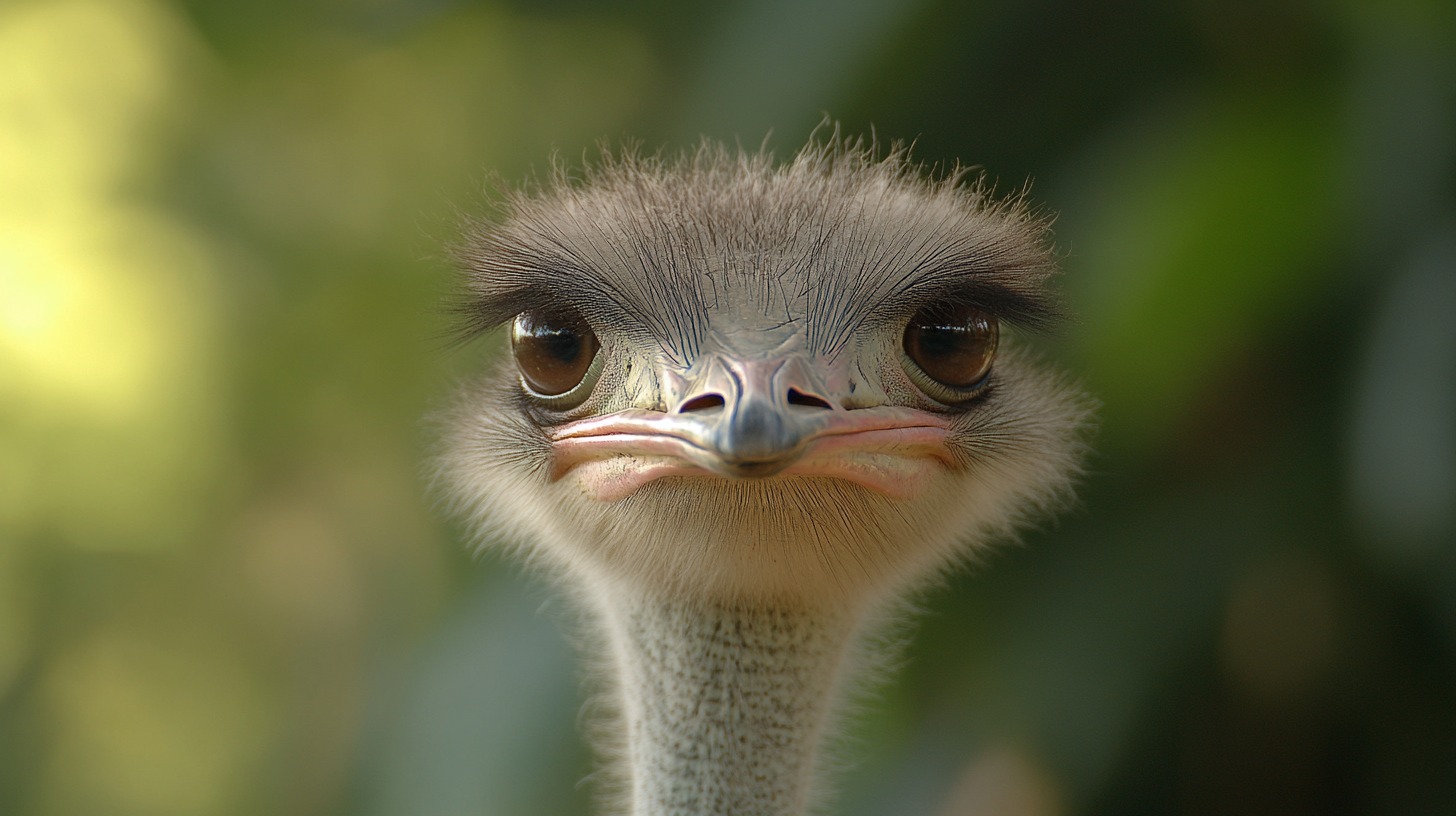
Share Post:
Snakes have a reputation that often leans towards the ominous. Mention the word, and many people’s thoughts immediately jump to venomous bites and danger lurking in the underbrush.
But the truth is, most snakes are non-venomous, and many play vital roles in keeping ecosystems balanced. Today, I’m going to take you on a journey to meet some of the most fascinating non-venomous snakes around the globe.
We’ll explore their unique traits, habitats, and what makes them so essential, not just to nature but also in the world of pets.
Table of Contents
Toggle1. Eastern Indigo Snake (Drymarchon couperi)
Let’s start with the Eastern Indigo Snake, a true giant in the snake world, especially when we’re talking about native species in the United States. This snake, which can grow up to 8.5 feet long, is as impressive as it is harmless.
With its glossy blue-black scales, it’s a striking sight to behold, particularly when it slithers through its preferred habitats of forests, swamps, and sandy areas across the Southeastern United States.
Despite its size, the Eastern Indigo is not one to be feared. Its diet includes small animals like rodents and birds, and, interestingly, it also preys on venomous snakes. You might think a snake-eating snake would be a bit more aggressive, but the Indigo is known for its calm demeanor.
Sadly, they’re a protected species now, thanks to habitat loss and dwindling populations, a reminder of how delicate the balance of nature can be.
2. Corn Snake (Pantherophis guttatus)
If there were a popularity contest among non-venomous snakes, the Corn Snake would be a strong contender for the top spot. Found in the Southeastern and Central United States, Corn Snakes are a common sight, and for a good reason.
Their bright orange or brownish-yellow bodies, adorned with large red blotches bordered by black, make them quite the eye-catcher. Corn Snakes are also one of the most popular pet snakes, thanks to their gentle nature and beautiful coloration.
In the wild, they play a crucial role in controlling the populations of small mammals, birds, and their eggs, making them a farmer’s silent ally. And let’s not forget their climbing skills—they’re often found scaling trees or sneaking into abandoned buildings in search of a meal.
3. Garter Snake (Thamnophis sirtalis)
Almost everyone in North America has come across a Garter Snake at some point. These slender, often small-to-medium-sized snakes are everywhere—from Canada down to Central America. What sets them apart is their adaptability.
Garter Snakes can thrive in various environments, from forests to urban areas, making them one of the most resilient snake species out there. With their three light stripes running down their backs, Garter Snakes are easy to recognize.
Their diet is as varied as their habitats, consisting of amphibians, earthworms, and small fish. They even snack on small mammals and birds when the opportunity arises. Despite their small size, Garter Snakes play a big role in keeping insect and small animal populations in check.
4. Burmese Python (Python bivittatus)
Now, let’s shift our focus to a snake that’s become infamous for a slightly different reason—the Burmese Python. Originally from Southeast Asia, this snake is one of the largest in the world, growing over 20 feet long and weighing up to 200 pounds.
In their native habitat, they’re awe-inspiring creatures, known for their ability to take down prey as large as deer and even alligators. But the Burmese Python has also found its way to Florida’s Everglades, where it’s become a significant problem.
As an invasive species, it’s wreaking havoc on the local wildlife, preying on everything from small mammals to large birds. Despite its non-venomous nature, the Burmese Python is a reminder of how delicate the balance of nature is and what can happen when species are introduced into environments where they don’t belong.
5. Kingsnake (Lampropeltis spp.)
Kingsnakes are the stuff of legends in the snake world. These medium-sized, often brightly colored snakes have a secret weapon—they’re immune to the venom of other snakes.
This immunity allows them to prey on some of the most dangerous snakes out there, including rattlesnakes and copperheads. With their banded patterns of black, white, and red or yellow, Kingsnakes are not only beautiful but also incredibly beneficial.
They help keep populations of venomous snakes and rodents in check, making them a valuable ally to humans and ecosystems alike. It’s no wonder they’re often considered a welcome presence wherever they’re found.
6. Milk Snake (Lampropeltis triangulum)
Milk Snakes are often mistaken for their venomous cousin, the Coral Snake, thanks to their strikingly similar red, black, and yellow or white banded pattern.
But don’t be fooled—Milk Snakes are completely harmless. Found across Central and North America, they’re a fascinating example of nature’s mimicry. These nocturnal snakes prefer to stay hidden during the day, often taking refuge under logs, rocks, or in abandoned burrows.
Their diet is similar to that of other constrictors, consisting of small mammals, birds, and their eggs. The Milk Snake’s ability to mimic a venomous species is a brilliant survival strategy, keeping potential predators at bay.
7. Rat Snake (Pantherophis obsoletus)
Rat Snakes are the silent guardians of barns and trees across North America. These large, often black or gray snakes are known for their role in controlling rodent populations, a trait that’s earned them a place of respect among farmers.
Growing up to 8 feet in length, Rat Snakes are excellent climbers, often found high in trees or creeping through barns in search of their next meal. Their presence is usually a sign of a healthy environment, as they keep the populations of disease-carrying rodents in check.
8. Western Hognose Snake (Heterodon nasicus)
If you’ve ever seen a snake put on a show, it was probably a Western Hognose. These small snakes, with their upturned snouts, are known for their dramatic defense mechanisms.
When threatened, they’ll flatten their necks, hiss loudly, and even play dead in an effort to deter predators. Despite the theatrics, Western Hognose Snakes are harmless and prefer a diet of toads, lizards, small mammals, and bird eggs.
Their light brown bodies adorned with darker brown spots help them blend into the sandy soils of Central North America, where they use their snouts to dig in search of prey.
9. Rosy Boa (Lichanura trivirgata)
Rosy Boas are a unique and gentle species, often found in the rocky deserts of the Southwestern United States and Northwestern Mexico. With their soft pink or orange hues and three longitudinal stripes, they’re a sight to behold.
These slow-moving snakes are known for their docile nature, making them a popular choice in the pet trade. In the wild, they primarily feed on small mammals, but they’ll also consume birds and other small animals.
The Rosy Boa’s adaptability to harsh desert environments showcases the incredible diversity within the snake world.
10. Ball Python (Python regius)
Last but certainly not least, we have the Ball Python, one of the most popular pet snakes in the world. Native to Sub-Saharan Africa, Ball Pythons are small and manageable, rarely growing longer than 5 feet.
Their thick bodies and relatively small heads, coupled with a defensive mechanism of curling into a tight ball when threatened, make them a fascinating species to observe. In the wild, Ball Pythons primarily feed on small mammals and birds, using their powerful constriction to subdue prey.
Their calm temperament and modest size have made them a favorite among snake enthusiasts, contributing to their widespread popularity in the pet trade.
Why Non-Venomous Snakes Matter
Non-venomous snakes may not have the fearsome reputation of their venomous counterparts, but they play equally important roles in their ecosystems.
From controlling pest populations to serving as prey for larger animals, their presence is crucial for maintaining balance in nature. Moreover, many of these snakes have found a place in our homes as beloved pets, teaching us that not all snakes are to be feared.
As we learn more about these incredible creatures, we can better appreciate the diversity of life on Earth and the vital roles each species plays. So next time you see a snake slithering by, take a moment to admire its beauty and consider the important work it’s doing behind the scenes.



















